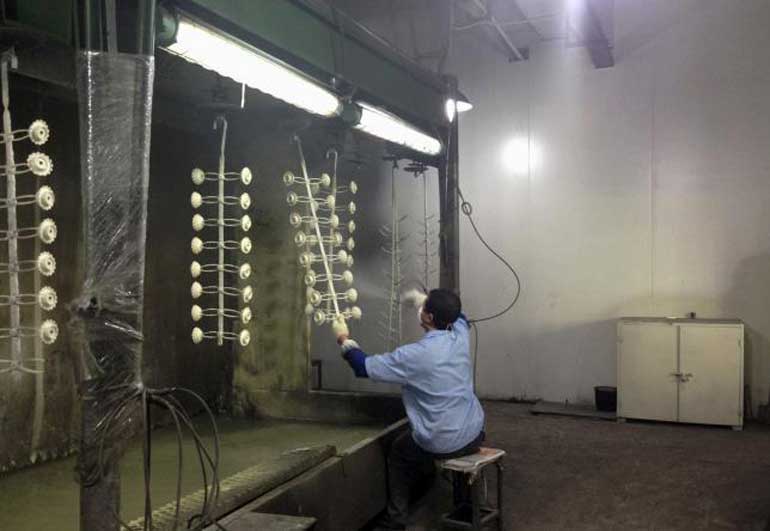Sunday Dec 15, 2024
Sunday Dec 15, 2024
Thursday, 14 May 2015 01:07 - - {{hitsCtrl.values.hits}}

China’s money supply grew at its slowest pace on record and investment growth sank to its lowest in nearly 15 years as April data showed the world’s second-largest economy was still losing momentum despite a concentrated burst of policy easing.
Wednesday’s data added to concerns that Beijing’s growth target of around 7% for the year is already at risk, and reinforced views that authorities need to take bolder measures to head off job losses and debt defaults by local governments and companies.
The Central Bank is expected to follow this week’s interest rate cut with more stimulus in coming months, while the government may ramp up spending to try to energise the economy, which looks set for its worst year in 25 years.
The People’s Bank of China (PBOC) has cut benchmark interest rates three times in the past six months, including a move early this week, on top of reductions in banks’ reserve requirement ratio (RRR) and measures to shore up the ailing property market, which accounts for about 15% of the economy.
Kuijs has penciled in at least one more interest rate cut in the third quarter, coupled with more quantitative measures.
Signs of deteriorating conditions abounded in the April data.
Despite efforts to pump more money into the economy, money supply growth slowed to 10.1% from a year earlier.
Banks made 708 billion yuan ($ 114.11 billion) of new loans last month, about one-fifth less than expected, as slowing earnings growth and rising bad loans made lenders more cautious.
Banking sources have told Reuters that some lenders are not passing on lower borrowing costs to customers, undermining official efforts to boost the economy.
For their part, companies complain they are short of customers, not credit, and thinning profit margins are making it more difficult to pay off existing debt. In addition, a sizeable amount of the loans which are being made are believed to be for refinancing, not new activity.
Policy insiders told Reuters earlier this month that in addition to further monetary easing, the government may also ramp up state spending to shore up growth.
Fixed-asset investment, a crucial driver of activity, rose 12% in January-April from a year earlier, the slowest pace since December 2000, the National Bureau of Statistics said.
The latest data also suggested China’s vaunted consumers are showing signs of spending fatigue. Retail sales rose 10% last month, missing expectations for a 10.5% rise and easing from March.
Other data last week showed weaker-than-expected exports, imports and inflation, highlighting that China’s economy is under persistent pressure from softening demand at home and abroad.